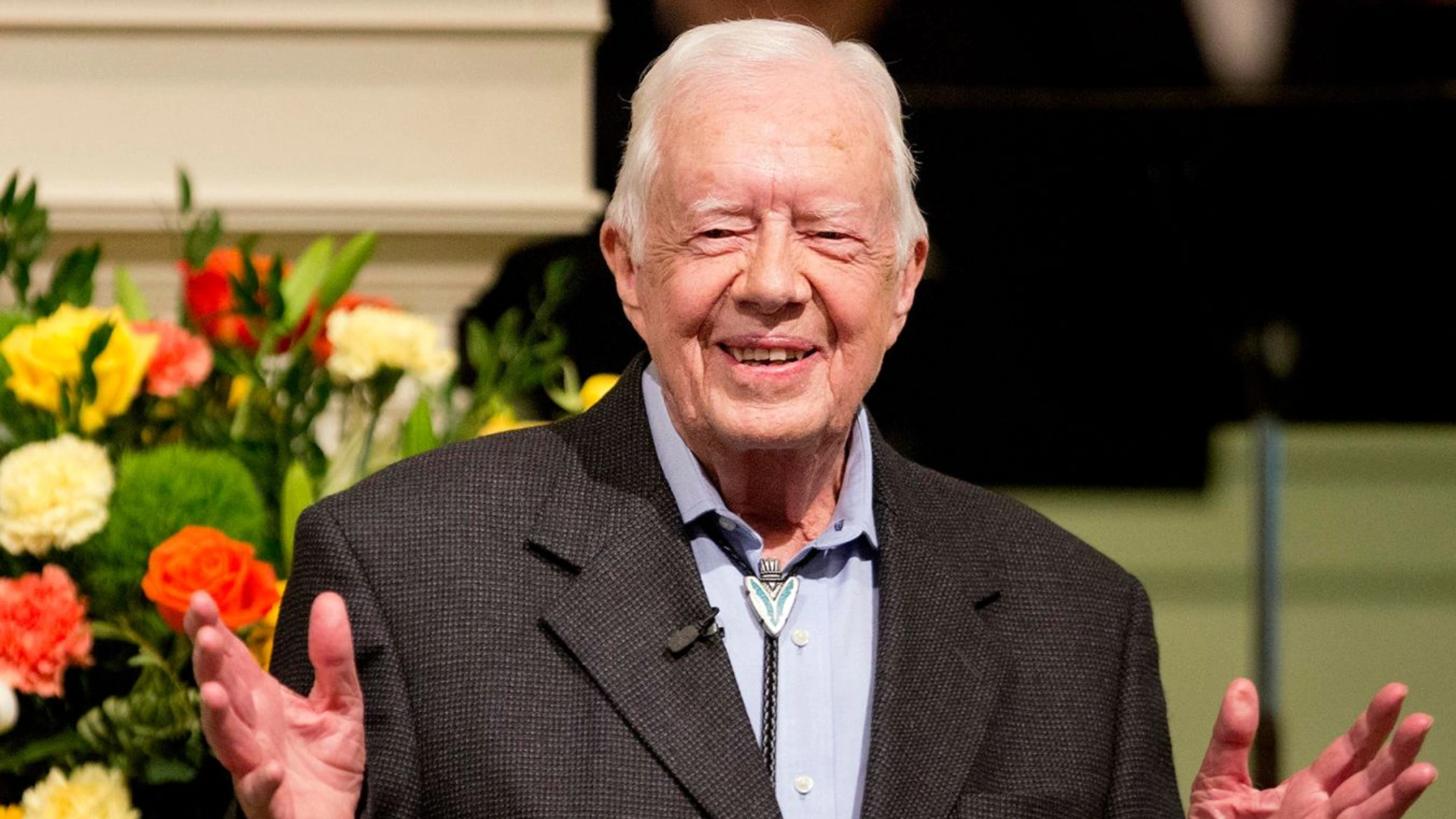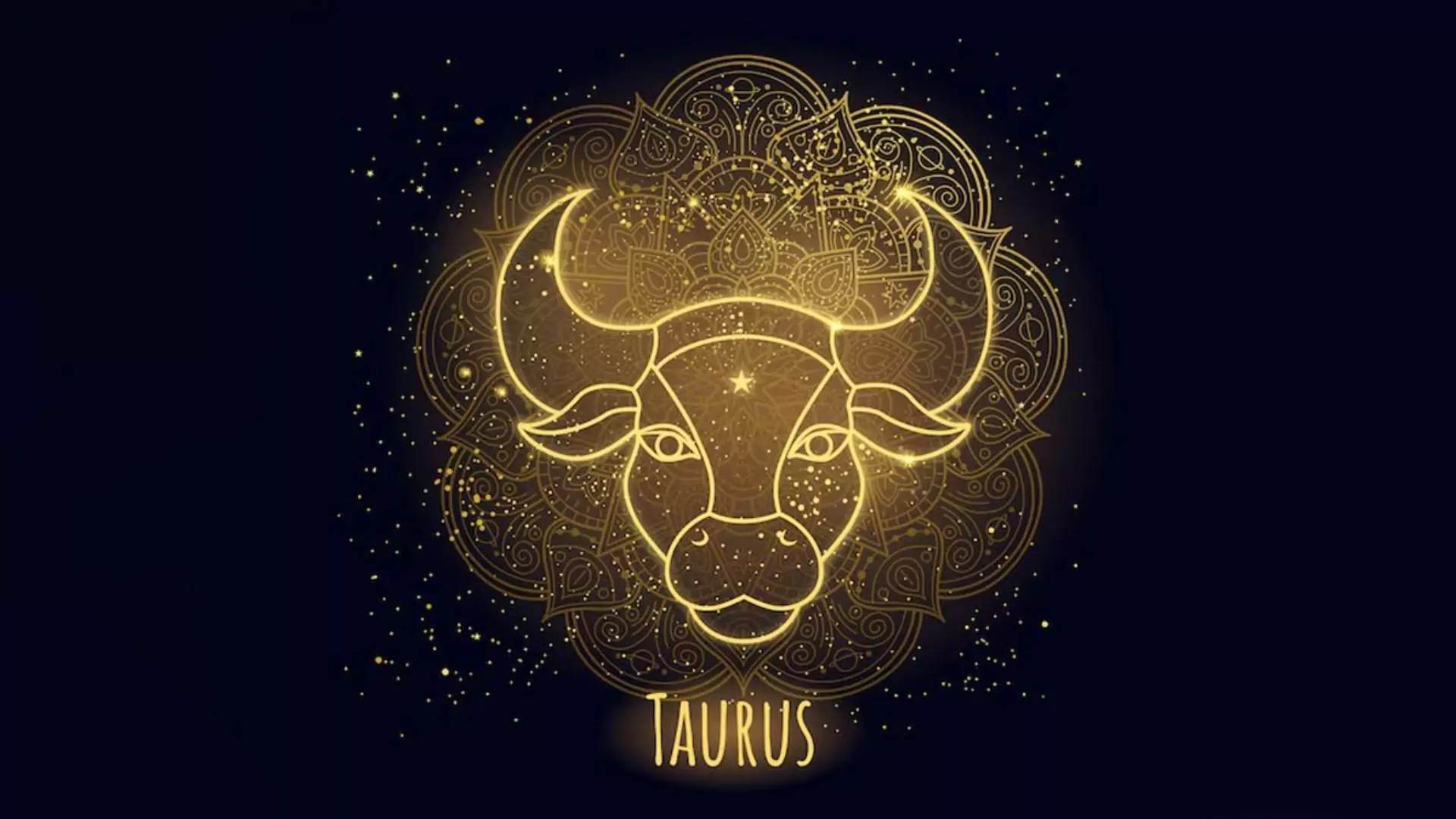When Jimmy Carter passes away, his memorial journey will reflect his deep connection to the small Georgia town of Plains, where he grew up on a peanut farm. This is where his wife, Rosalynn, was laid to rest last year, in a plot they selected together long before. Carter’s journey, however, will follow the intricate choreography that defines state funerals in the U.S. — a blend of tradition, ceremony, and personal choices.
Since the birth of the nation, American presidents have been honored with carefully planned state funerals. These events not only reflect the country’s respect for its leaders but also the unique personalities of the men who once held the office. Presidential funerals are often planned years in advance, with the former president taking an active role in shaping how they will be remembered.
Carter, who lived 43 years after leaving the White House, the longest post-presidency in U.S. history, had plenty of time to consider his final wishes. While many details of his funeral remain private, it is known that Carter requested President Joe Biden to deliver his eulogy. Biden confirmed that a major service will be held in Washington, D.C., on January 9, honoring Carter’s legacy. Despite this public acknowledgment, much of the ceremony will be carried out by the family and military personnel, whose job it is to ensure the event runs smoothly, reflecting both tradition and Carter’s personal desires.
Former presidents, when given the opportunity, often play an active role in the details of their funerals. The late George H.W. Bush revised the seating chart for his own funeral, reflecting his ability to see such matters as routine, though still profoundly personal. Other presidents, like Dwight D. Eisenhower, chose simple arrangements that reflected their no-nonsense military backgrounds, while figures like Ronald Reagan and Gerald Ford allowed their memorials to feature symbolism tied to their personal histories — Reagan’s casket was carried up the U.S. Capitol’s west steps, facing his home state of California, while Ford’s casket entered through the House side, a nod to his years as a lawmaker.
The Joint Task Force-National Capital Region is responsible for carrying out presidential funerals, and its team of military and civilian personnel ensure these ceremonies are executed with the utmost respect and precision. A presidential funeral is an event that leaves an indelible mark on the American consciousness, like the unforgettable moments of John F. Kennedy’s funeral procession or the powerful image of his young son saluting his casket.
Presidential funerals, despite their ceremonial nature, can be fraught with political tensions. The funeral of George H.W. Bush in 2018, for example, became a moment of political theater when Donald Trump interacted with former President Barack Obama but avoided engaging with the Clintons. Such events are never free of political undercurrents, as presidential funerals represent a national moment of reflection, bringing together figures from across the political spectrum.
Yet, as historian Jeffrey Engel points out, these ceremonies also serve as a reminder that we are all united in a shared national experience. “These funerals are always political,” Engel explains, “but they are also a reflection of the nation as a whole, where the president, regardless of party, is a figure for all Americans.”
For Carter, his final journey will be a testament to his humble origins and the unique way in which he shaped both his presidency and his post-presidency. As the world watches, the choreography of grief and honor will unfold, once again reminding us of the deep connection between a leader’s life, their country, and their lasting legacy.
ALSO READ: Jimmy Carter’s Legacy, A Renaissance Man In The Arts




















